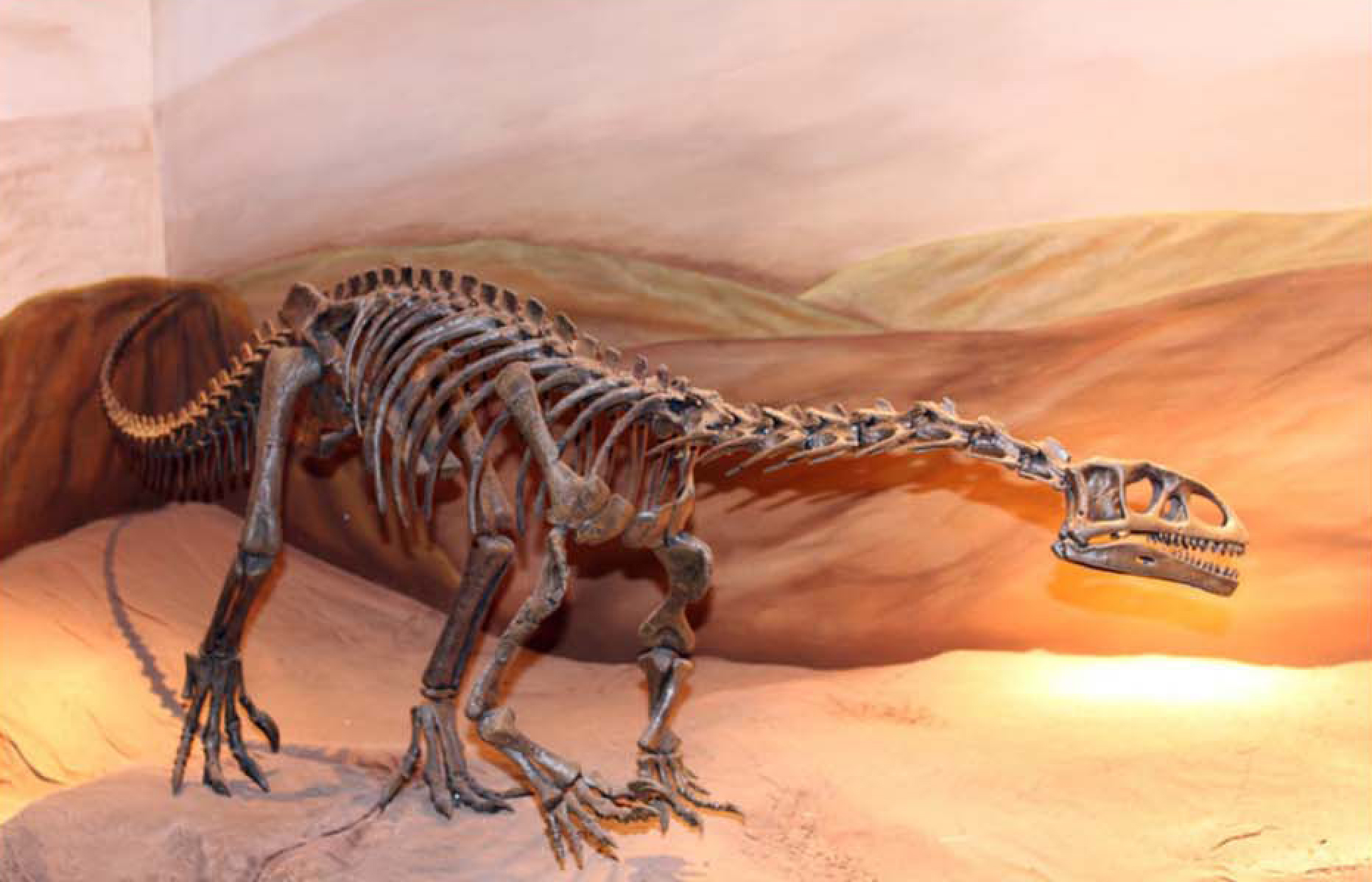

|
||||
How Giants Conquered the Earth
How did animals the size of a goat evolve into the largest creatures on Earth? The discovery of a new dinosaur from Argentina, announced today, may offer some clues.
Paleontologists have known for decades about the beginnings and endings of a group of dinosaurs known as the Sauropodomorpha. At first, around 230 million years ago, most of these creatures were omnivorous and small, about the size of a tricycle. But over the course of 80 million years, they evolved into tractor-trailer sized, long-necked plant-eaters—like Apatosaurus, formerly known as Brontosaurus. These were the giants called sauropods. Scientists also knew about a related group called prosauropods, dinosaurs that were intermediate in size and posture. What they didn't know was exactly what steps filled in the transition between prosauropods and sauropods. Until recently, the remains of intermediates closely related to the sauropods were extremely rare and fragmentary.
That has now changed with the discovery of Leonerasaurus taquetrensis, the closest relative yet to the giant sauropods. Paleontologist Diego Pol of the Egidio Feruglio Paleontological Museum in Trelew, Argentina, and colleagues took three summers to painstakingly excavate the fossilized bones from steep outcrops at a remote spot in southern Argentina.
The specimen, reported about online today in PLoS ONE, isn't complete, but it shares many features of both sauropods and prosauropods. For example, the 8-foot-long Leonerasaurus is tiny compared with sauropods, which ranged from 30 to perhaps 130 feet in length, but it had already evolved an important feature needed for gigantism: a beefed up sacrum, the fused vertebrae of the lower spine. Scientists had assumed that great mass would have produced selective pressure for the larger sacrum, but now they know that the sacral enlargement came first.
New teeth were also critical to Leonerasaurus. An animal aspiring to greatness would not politely chew its food, but would snip and swallow quickly. The fossil record catches Leonerasaurus at a moment when its teeth had only partly made the switch. Leonerasaurus had traded in its old front teeth for the advanced, spoon-shaped models—while retaining primitive, leaf-shaped back teeth. Pol had observed the same pattern in his earlier study of Mussaurus, a "near-sauropod" known only from juvenile skeletons. Apparently front teeth changed first, back teeth later.
Paleontologist Adam Yates of the University of the Witwatersrand, Johannesburg, in South Africa, who was not involved in the study, says Leonerasaurus shows us that many of the distinctive characteristics of sauropods evolved long before the dinosaurs became gigantic. Last year, he noticed something similar in a South African prosauropod called Aardonyx. Its limb proportions seemed fortuitously adapted for a slower lifestyle—and its interlocking forearm bones for changing body balance—both in a way that would later prove invaluable for an extreme weight gain.
"The thing about sauropods is that they have a unique combination of evolutionary novelties," says Martin Sander of the University of Bonn in Germany. "This combination led to an evolutionary cascade, one thing leading to another, that allowed them to get so big."
Still, "the progression was not smooth and simple," says Yates. "It was a messy affair with separate lineages evolving similar traits, reversing others, and generally muddying up our understanding of the shape of the sauropodomorph family tree."